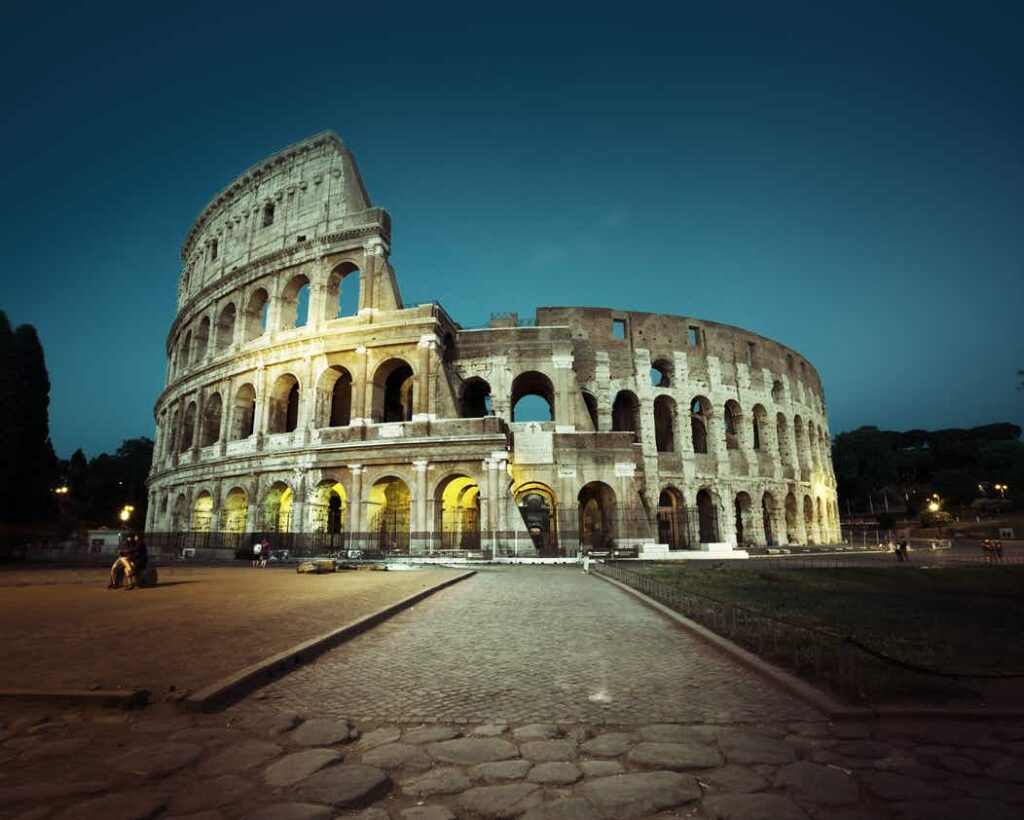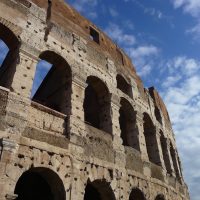The Flavian Amphitheater, more commonly known as the Colosseum, rises in the archaeological heart of the city of Rome and welcomes a large number of visitors every day attracted by the charm of its history and its complex architecture.
The building, known as the Colosseum due to a colossal statue that stood nearby, was built in the 1st century AD at the behest of the emperors of the Flavian dynasty, and hosted, until the end of the ancient age, shows of great popular appeal, such as hunts and gladiator games. The building was, and still remains today, a spectacle in itself. It is in fact the largest amphitheater in the world, able to offer surprising scenographic equipment, as well as services for the spectators.
Symbol of the glories of the empire, the Amphitheater has changed its face and function over the centuries, offering itself as a structured space but open to the Roman community.


